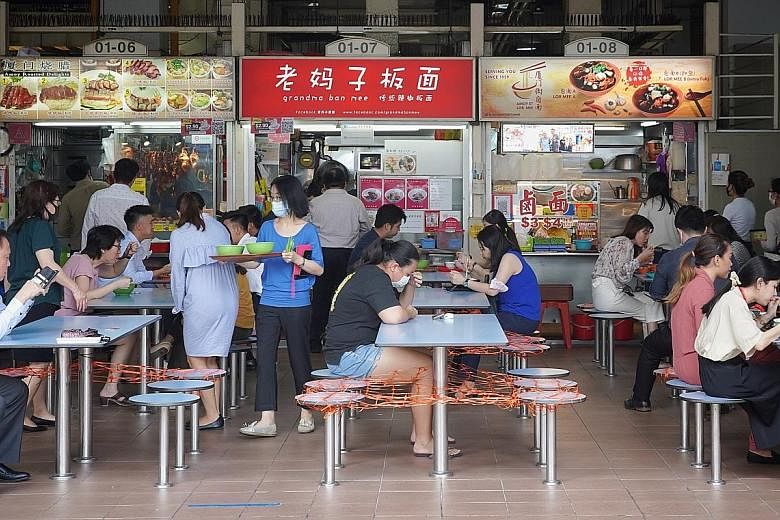While I am aware that there is a hawkers' development programme that offers subsidised training fees, paid apprenticeship and allocation of subsidised stalls to aspiring hawkers, alongside the newly introduced hawker succession scheme (Help for veteran hawkers who face succession problem, Nov 25), I still feel that support for hawkers is insufficient.
Costs such as rent may be subsidised, but "hidden" costs such as cleaning fees, inspection fees and payment processing fees can sometimes dwarf even the cost of rent.
These unavoidable costs are the real problem that hawkers face.
Any attempt to reinvigorate the hawker industry will require these costs to be either defrayed or subsidised heavily, as many prospective hawkers may be turned off by how much these costs hurt their bottom line.
If Singapore were to manage to enshrine its hawker culture on the Unesco intangible heritage list, I think that it could justify the cost of preserving its culture to Singaporean taxpayers.
Furthermore, if such subsidies help keep the price of hawker food low, they would indirectly also subsidise lower-income groups who rely on hawker centres for affordable meals.
Caleb Neo Jeen Yi

